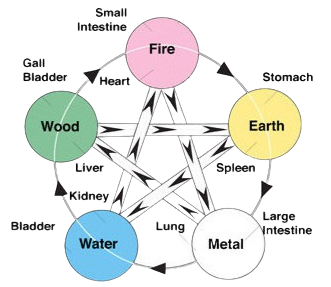There will be a cherry blossom festival at the park tomorrow; you _______ spend your day there if you have nothing to do.
A. most
B. will
C. should
D. could
Hãy nhập câu hỏi của bạn vào đây, nếu là tài khoản VIP, bạn sẽ được ưu tiên trả lời.

Đáp án C
Giải thích: Đây là câu điều kiện loại I, ta có thể dùng will để chỉ khả năng xảy ra, dùng should để đưa ra gợi ý, lời khuyên, dùng can để diễn tả sự cho phép. Ở đây, việc lễ hội hoa không ảnh hưởng gì đến khả năng đi, nên chỉ chọn được should.
Dịch nghĩa: Ngày mai ở công viên sẽ có lễ hội hoa anh đào, con nên dành thời gian ngày mai ở đó nếu con không bận làm gì.

Đáp ánC Câu điều kiện loại 1: If + hiện tại đơn (if you have nothing to do), S + will/can/should + V. Đây là một lời khuyên cho người nghe (chủ ngữ là”you”) -> chọn “should”

Đáp án C
Giải thích: Đây là câu điều kiện loại I, ta có thể dùng will để chỉ khả năng xảy ra, dùng should để đưa ra gợi ý, lời khuyên, dùng can để diễn tả sự cho phép. Ở đây, việc lễ hội hoa không ảnh hưởng gì đến khả năng đi, nên chỉ chọn được should.
Dịch nghĩa: Ngày mai ở công viên sẽ có lễ hội hoa anh đào, con nên dành thời gian ngày mai ở đó nếu con không bận làm gì.

- Gợi ý thôi nha:

1. What is the national flower of Viet Nam?
A. Water lily B. Daisy C. Cherry Blossom D. Lottus Flower
2. What is the nickname of Phong Nha - Ke Bang National Park?
A. Kingdom of Caves B. Land of Dragons
C. Tomb of nature D. Garden of Freedom
3. What is the most widely known cuisine in Viet Nam to people outside of Viet Nam?
A. Noodle soup B. Stuffed rice pancake C. Noodle dish D. Fermented vegetables
4. The Vietnamese flag consists of a golden star with the five points representing: workers, intellectuals, youth, soldiers and which specific profession?
A. Politicians B. Software Developers C. Farmers D. Journalists
5. Viet Nam is the world's second-largest nation in producing ________.
A. Coffee B. Cacao C. Salt D. Soybeans
6. How many UNESCO World Heritage Sites are in Viet Nam?
A. 7 B. 8 C. 9 D. 10
1. What is the national flower of Viet Nam?
A. Water lily B. Daisy C. Cherry Blossom D. Lotus Flower
2. What is the nickname of Phong Nha - Ke Bang National Park?
A. Kingdom of Caves B. Land of Dragons
C. Tomb of nature D. Garden of Freedom
3. What is the most widely known cuisine in Viet Nam to people outside of Viet Nam?
A. Noodle soup B. Stuffed rice pancake C. Noodle dish D. Fermented vegetables
4. The Vietnamese flag consists of a golden star with the five points representing: workers, intellectuals, youth, soldiers and which specific profession?
A. Politicians B. Software Developers C. Farmers D. Journalists
5. Viet Nam is the world's second-largest nation in producing ________.
A. Coffee B. Cacao C. Salt D. Soybeans
6. How many UNESCO World Heritage Sites are in Viet Nam?
A. 7 B. 8 C. 9 D. 10
7. What factor is reflected in the image below?

A. Yin-yang balance B. Five element correspondence
C. Philosophy D. History
8. Visiting relatives' houses on the first day of the New Year, ancestor worship, exchanging wishes, giving lucky money to children and elderly people, and opening a shop are called Tet __________.
A. Traditions B. Customs C. Habits D. Practices

1 performing
2 cultural
3 romantic
4 celebration
5 Preparation
6 held
7 performance
8 tourists
9 festive
10 tradition
Đáp án C
Giải thích: Đây là câu điều kiện loại I, ta có thể dùng will để chỉ khả năng xảy ra, dùng should để đưa ra gợi ý, lời khuyên, dùng can để diễn tả sự cho phép. Ở đây, việc lễ hội hoa không ảnh hưởng gì đến khả năng đi, nên chỉ chọn được should.
Dịch nghĩa: Ngày mai ở công viên sẽ có lễ hội hoa anh đào, con nên dành thời gian ngày mai ở đó nếu con không bận làm gì.